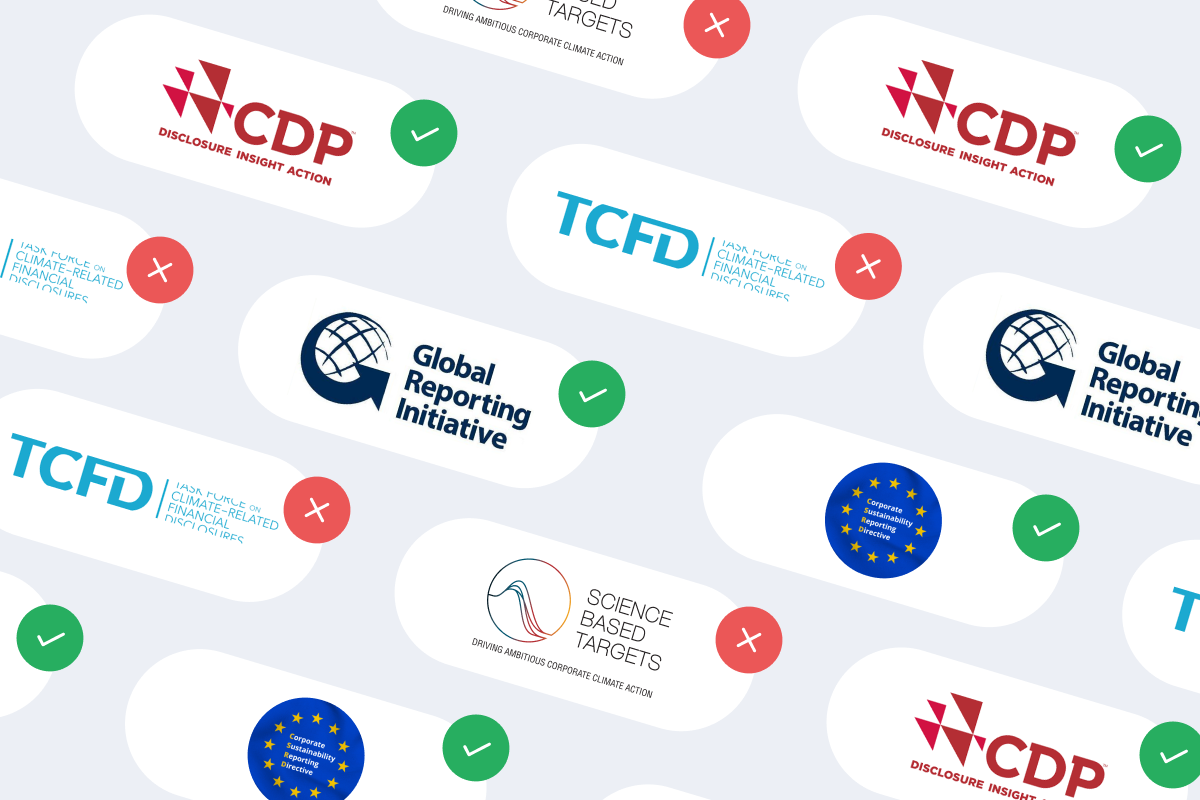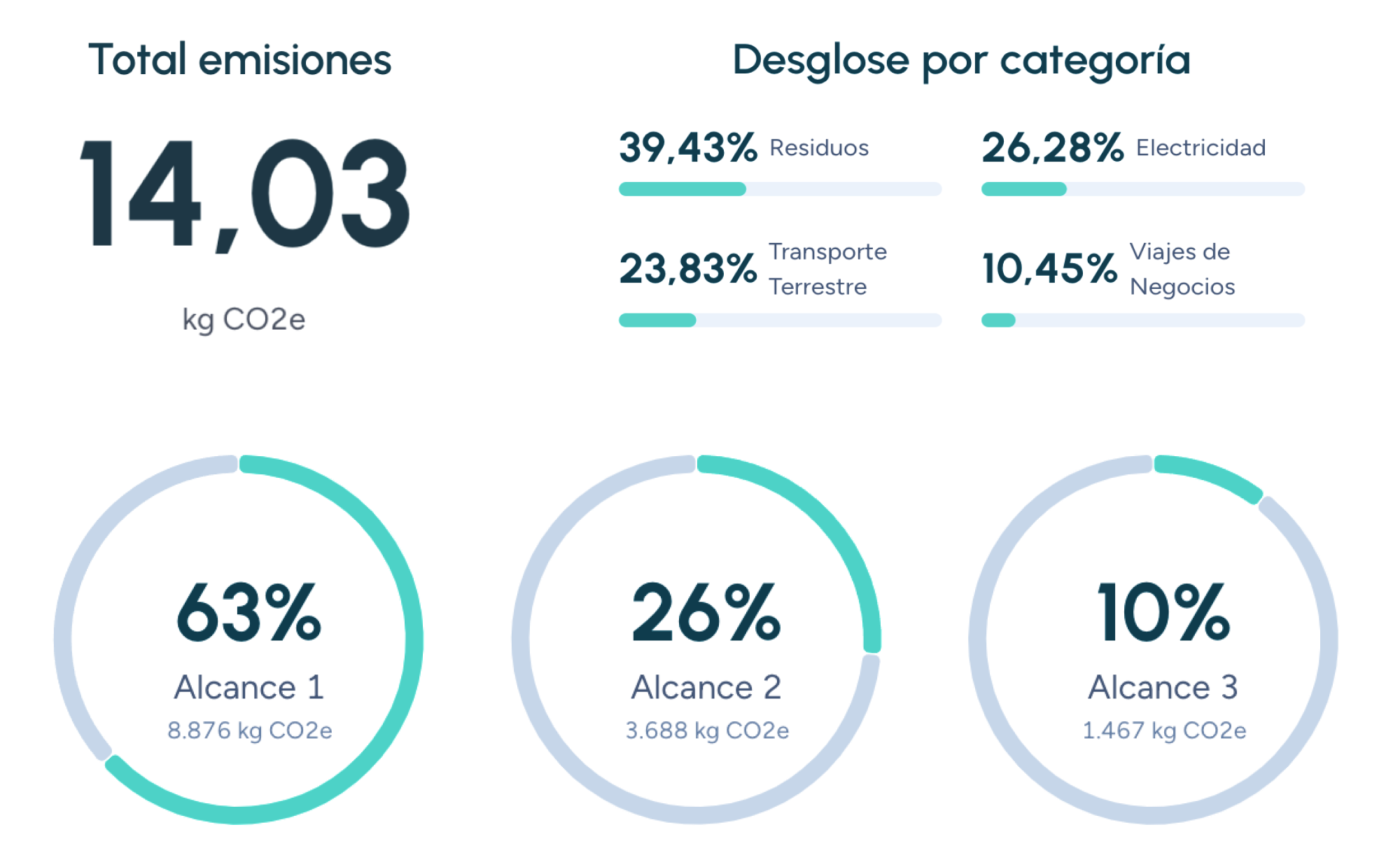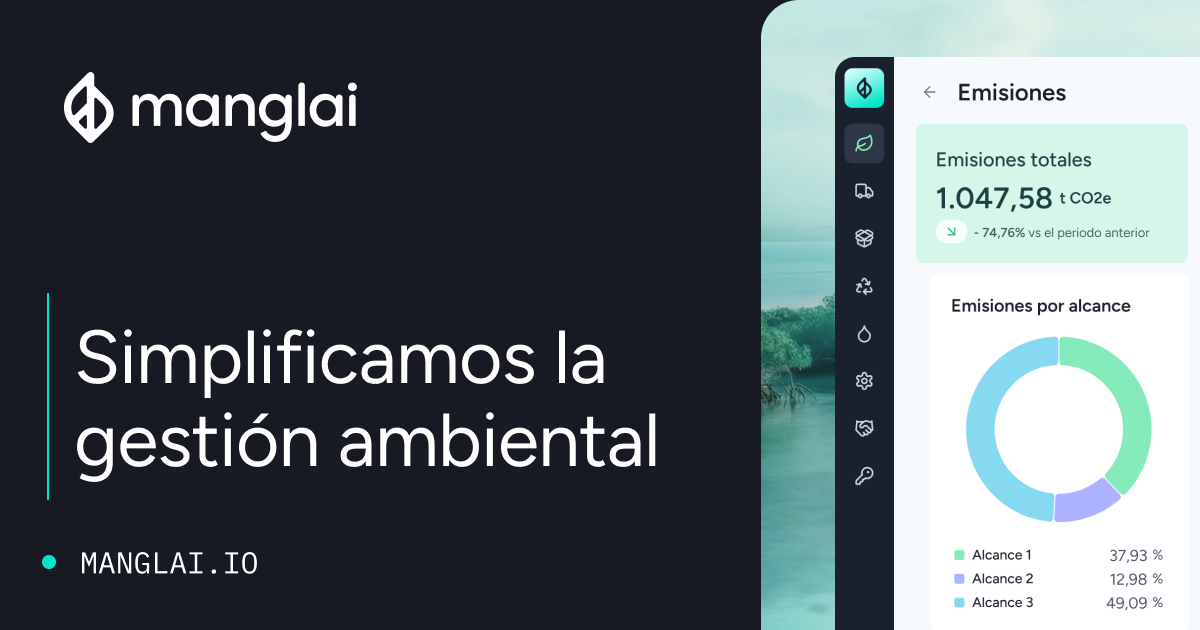Back to the blog
Practical guides
How to prepare for the CSRD: a guide for transportation companies
Andrés Cester
CEO & Co-Founder
To drive real change toward sustainability, the European Union introduced the Corporate Sustainability Reporting Directive (CSRD). Effective as of January 2023, this directive provides businesses with the framework and tools necessary to embed sustainability into their operations.
Why measure carbon footprints in the transportation sector?
A carbon footprint measures the total greenhouse gases (GHGs), primarily carbon dioxide (CO2), emitted due to a company's activities. In transportation, the combustion of fossil fuels for vehicle propulsion is the main source of emissions.
Measuring carbon footprints allows companies to:
- Understand their environmental impact: Quantify GHG emissions associated with operations.
- Identify areas for improvement: Pinpoint critical points in the value chain where emissions are highest.
- Implement reduction strategies: Set emission reduction goals and design actionable plans.
- Enhance corporate reputation: Demonstrate commitment to sustainability and transparency to stakeholders.
CSRD requirements for transportation companies
The CSRD introduces specific reporting requirements aimed at standardizing sustainability data. These requirements ensure that reported information is comparable, reliable, and transparent.
Key CSRD requirements include:
- Standardized reporting: Sustainability reports must follow common EU standards.
- Structured information: Data should be presented clearly and concisely, using a hierarchical format.
- Independent verification: Reported data must be validated by an accredited third party.
- Detailed disclosures: Reports must include information on:
- Sustainable business models: How sustainability is integrated into strategy and operations.
- Sustainability strategies: Plans to address environmental and social impacts.
- Measurable goals: Targets for emissions reduction, renewable energy use, and waste management.
- Policies: Internal sustainability policies.
- Risk management: Identification and evaluation of sustainability-related risks and opportunities.
Tools for measuring carbon footprints in transportation
Technological advancements provide tools to measure and manage carbon footprints effectively. These solutions enable precise, real-time data collection and process optimization.
Carbon footprint management software
Specialized platforms like Manglai offer a range of features:
- Automated emissions calculations: Integrate with company systems to calculate GHG emissions across the value chain.
- Real-time data analysis: Continuously update emission metrics.
- Customizable reports: Generate sustainability reports aligned with the CSRD and other global standards.
Manglai specializes in the GHG Protocol and ISO 14064, providing reliable tools for transportation companies.
How to reduce carbon footprints in transportation under the CSRD
Transportation companies can adopt effective strategies to reduce emissions:
1. Route optimization and fleet management
- Efficient route planning: Use fleet management systems to minimize travel distances and fuel consumption.
- Fleet renewal: Gradually replace old vehicles with efficient models, such as electric or hybrid vehicles.
- Preventive maintenance: Ensure vehicles operate efficiently to minimize emissions.
2. Improved loading and unloading efficiency
- Maximize load capacity: Optimize vehicle load capacity to reduce the number of trips.
- Warehouse management: Implement systems to streamline loading and unloading, reducing idle times and related emissions.
3. Adoption of clean technologies
- Alternative fuels: Explore options like biogas, green hydrogen, or electricity.
- Energy-efficient technologies: Use aerodynamic designs or energy recovery systems to enhance vehicle efficiency.
4. Collaboration and digitalization
- Collaboration: Partner with other companies to share resources, optimize routes, and reduce the number of vehicles on the road.
- Digital solutions: Use digital tools to optimize supply chain management, from route planning to final delivery.
Benefits of complying with the CSRD
Adopting sustainable practices under the CSRD offers significant competitive advantages:
1. Strengthened corporate reputation
In an era where sustainability is a key factor for consumers, companies committed to reducing their environmental impact enhance their brand image.
2. Attracting investment and funding
Investors and financial institutions increasingly consider ESG (Environmental, Social, Governance) criteria when making decisions.
3. Improved operational efficiency
Reducing carbon footprints often leads to operational efficiencies. Optimized routes, lower fuel consumption, and better fleet management translate into cost savings.
4. Talent attraction and retention
Younger workers value companies with clear sustainability goals. Complying with the CSRD and fostering responsible practices helps attract and retain top talent.
Andrés Cester
CEO & Co-Founder
About the author
Andrés Cester is the CEO of Manglai, a company he co-founded in 2023. Before embarking on this project, he was co-founder and co-CEO of Colvin, where he gained experience in leadership roles by combining his entrepreneurial vision with the management of multidisciplinary teams. He leads Manglai’s strategic direction by developing artificial intelligence-based solutions to help companies optimize their processes and reduce their environmental impact.
Content
Companies that trust us

Manglai vs Dcycle: Comprehensive comparison of sustainability software in Spain
We compare Manglai vs Dcycle so you don't have to do it!
17 December, 2025
7 Best Sustainability Management Software Tools Compliant with the CSRD
We analyse the best software solutions to comply with the CSRD: traceability, ESG reporting and automation with Manglai leading the ranking.
10 December, 2025
8 Best Software Tools for Calculating Emissions Under the GLEC Framework
We compare the best tools to measure product and transport emissions under the GLEC Framework, with Manglai leading the ranking.
01 December, 2025
Guiding businesses towards net-zero emissions through AI-driven solutions.
© 2025 Manglai. All rights reserved
Política de Privacidad


